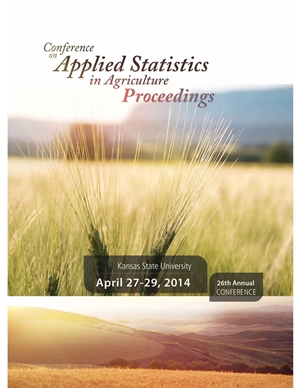Abstract
Adequate sleep restores vital processes required for health and well-being; but the function and regulation of sleep is not well understood. Unfortunately, a definition of adequate sleep is unclear. On an hours-long timescale, consolidated and cycling sleep results in better health and performance outcomes. At shorter timescales, older studies report conflicting results regarding the relationship between sleep and wake bout durations. One approach to this problem has been to simply analyze the distribution of bout durations. While informative, this method eliminates the time relationship between bouts, which may be important. Here, we develop a model that describes the relationship between sleep and wake bout durations using the model organism, Drosophila melanogaster, which exhibits behavioral and molecular homology to human sleep. We present an exploratory analysis of the data to gain a better understanding of the sleep bout duration distribution by considering a broader range of potential distributions than considered in previous studies. We use the results of the distribution analysis to develop a model for sleep bout durations in the fly based upon their past sleep and wake history and find that this relationship should not be ignored.
Keywords
Sleep, Drosophila melanogaster, sleep-wake transitions, Weibull distribution, Modeling
Creative Commons License

This work is licensed under a Creative Commons Attribution-Noncommercial-No Derivative Works 4.0 License.
Recommended Citation
Olbricht, Gayla R.; Samaranayake, V. A.; Injamuri, Sahitya; Wang, Luyang; Fiebelman, Courtney; and Thimgan, Matthew S.
(2014).
"MODELING SLEEP AND WAKE BOUTS IN DROSOPHILA MELANOGASTER,"
Conference on Applied Statistics in Agriculture.
https://doi.org/10.4148/2475-7772.1003
MODELING SLEEP AND WAKE BOUTS IN DROSOPHILA MELANOGASTER
Adequate sleep restores vital processes required for health and well-being; but the function and regulation of sleep is not well understood. Unfortunately, a definition of adequate sleep is unclear. On an hours-long timescale, consolidated and cycling sleep results in better health and performance outcomes. At shorter timescales, older studies report conflicting results regarding the relationship between sleep and wake bout durations. One approach to this problem has been to simply analyze the distribution of bout durations. While informative, this method eliminates the time relationship between bouts, which may be important. Here, we develop a model that describes the relationship between sleep and wake bout durations using the model organism, Drosophila melanogaster, which exhibits behavioral and molecular homology to human sleep. We present an exploratory analysis of the data to gain a better understanding of the sleep bout duration distribution by considering a broader range of potential distributions than considered in previous studies. We use the results of the distribution analysis to develop a model for sleep bout durations in the fly based upon their past sleep and wake history and find that this relationship should not be ignored.


